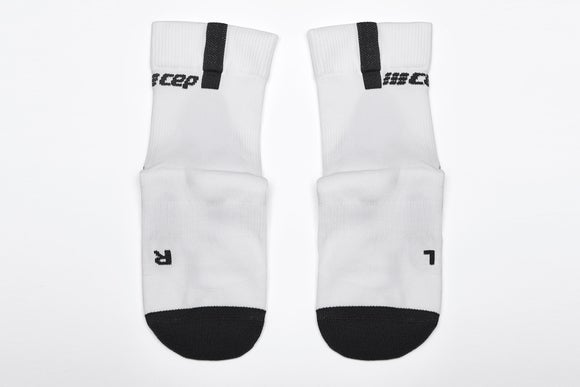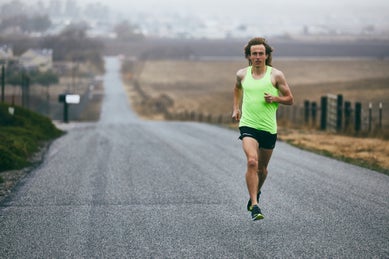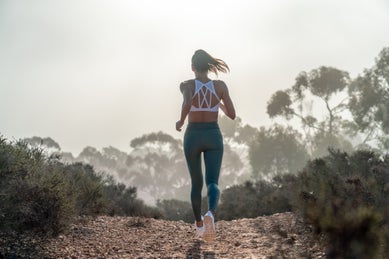Why You Need Running Socks
Running-specific socks can make a surprisingly big difference in your running experience

We all know that person who will drop over $200 on running shoes without hesitation but will refuse to spend on a good pair of running socks. Running in great shoes and bad socks is like buying the freshest, highest-quality ingredients and then drowning them in tomato sauce. It'll get the job done, but the experience definitely won't be as good as it could have been.
A good pair of running socks can be just as important as a good pair of shoes. Running-specific socks are designed to reduce blisters, wick moisture, and keep your feet comfortable. And while they may cost a bit more than standard athletic socks, the added durability can make them a more economical choice over time.
Designed to Perform
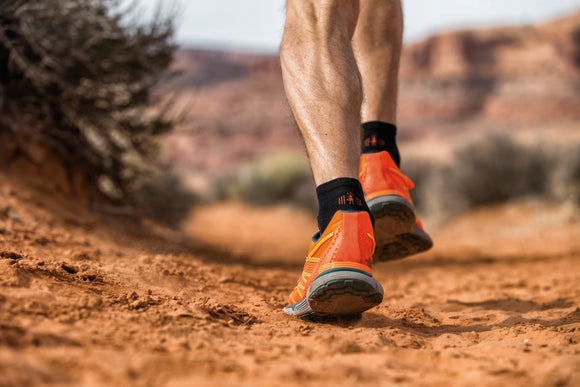
Materials Best Suited for Running
That cheap pair of cotton socks isn't doing your feet any favours. Cotton holds onto moisture, heat and friction, increasing your susceptibility to blisters and hot spots. Running-specific socks are made of fibres designed to wick moisture away from your feet and dry quickly.
Synthetic Fibres:
Polyester, acrylic and nylon are the primary synthetic materials found in socks. They make up fabrics such as Coolmax, Drymax, etc. These fibres are designed to wick moisture away from the foot and are extremely quick drying, so they're especially good for wet weather or sweaty feet.
Merino Wool:
These soft fibres are breathable, durable and moisture wicking. Merino wool regulates temperatures to keep your feet cool in the summer and warm in the winter. The natural odor resistance means that smelly feet will be a thing of the past. Merino wool is also more environmentally friendly than petroleum-based synthetics as it is a renewable resource with less manufacturing waste.
Features to Keep Your Feet Happy
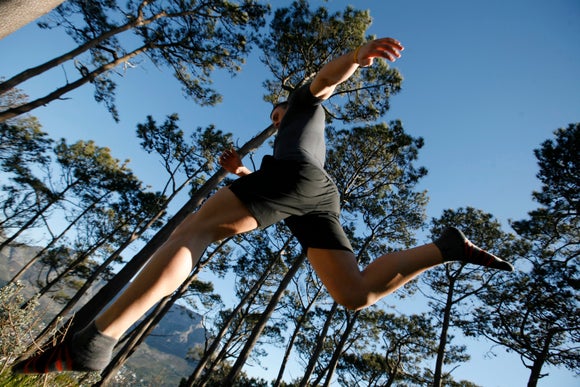
Different Sock Features
Running socks have specific features designed to improve your running experience. They keep your feet blister free and comfortable all run long. Knowing the different features will help you decide which socks best suit your needs.
Cushioning:
Different kinds of socks offer varying thicknesses of localised padding at the toe and heel for added cushion and underfoot protection from blisters depending on your running needs.
Mesh Ventilation:
Ventilation zones are built into many running socks to allow the sock to breathe where needed while still protecting in high-wear areas.
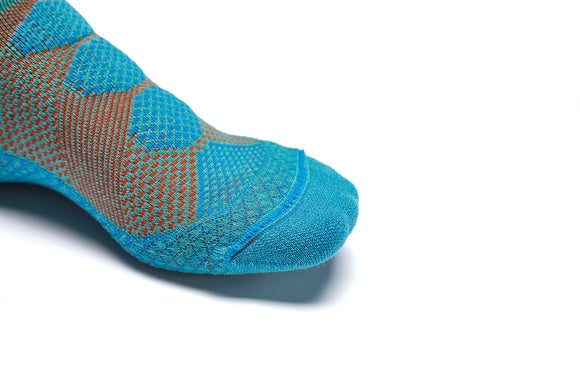
Arch Support:
Many running socks feature compression bands to add support and improve the fit. Some of these socks may even help in the prevention of plantar fasciitis.
Seamless toes:
Designed to prevent uncomfortable bunching or rubbing at the end of the toes, most running-specific socks feature seamless designs.
Separated toes:
For runners that are prone to blisters between their toes, Injinji socks feature separated toe pockets to prevent skin-to-skin friction and to wick sweat.
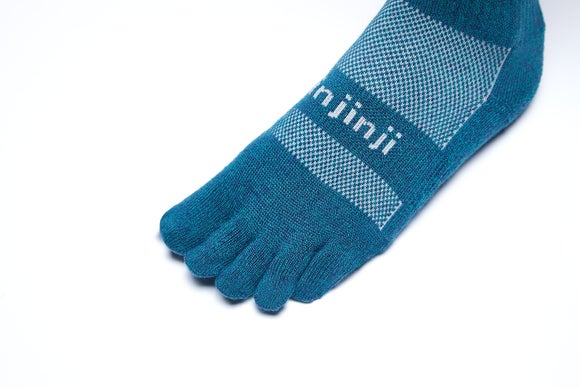
Two Layer:
Some socks are designed with two layers of material. This helps to prevent blisters by allowing the friction of movement to occur between the layers instead of between the runner's skin and the sock.
Compression:
Most running socks feature some level of compression. In addition to providing a snug fit that keeps the socks from moving around, increasing compression can help circulation as well.
Anatomical Feet:
Some running socks are designated for left and right feet. This provides a more personalised fit that gives better support to each individual foot.
